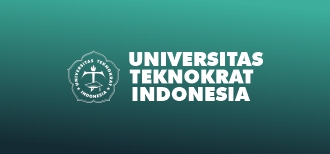
Learning media refer to the various tools and resources that are used to support the process of learning. These may include traditional materials such as textbooks, workbooks, and lectures, as well as newer forms of media such as videos, podcasts, and online courses.
Effective use of learning media can help engage students and make learning more interesting and interactive. However, it’s important to choose the right media for the learning objectives and audience, and to ensure that it is accessible and inclusive for all learners.
Learning media refers to the tools, materials, and resources used to facilitate learning and teaching. It includes a wide range of physical and digital resources such as books, videos, podcasts, images, interactive software, and online courses.
Learning media can be used in various educational settings, from traditional classroom instruction to online and remote learning. They can be designed to support different learning styles and accommodate diverse learners’ needs, such as visual, auditory, and kinesthetic learners.
Effective use of learning media can enhance the learning experience by providing students with access to engaging and interactive content, increasing student engagement and motivation, and allowing for self-paced learning. Moreover, the use of various learning media can provide teachers with more opportunities to personalize instruction, facilitate student-centered learning, and assess student learning in real-time.
However, it is essential to use learning media appropriately and effectively. Teachers need to ensure that the learning media they use align with their learning objectives, are accessible to all learners, and are integrated seamlessly into their teaching practices.